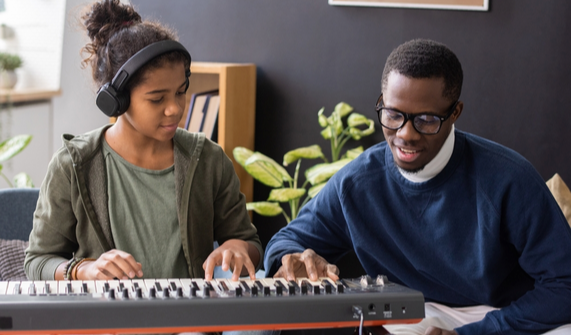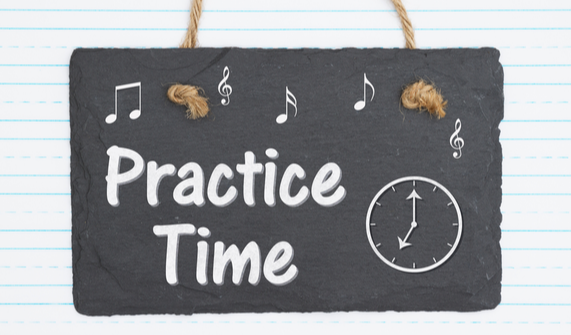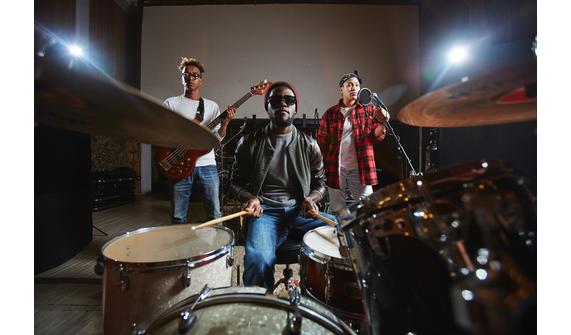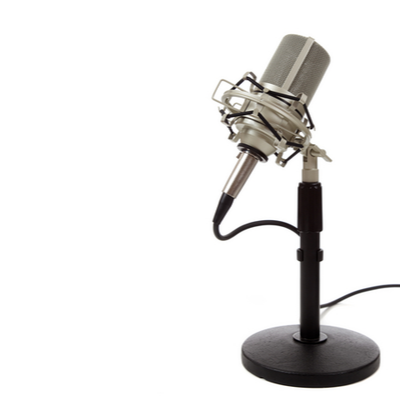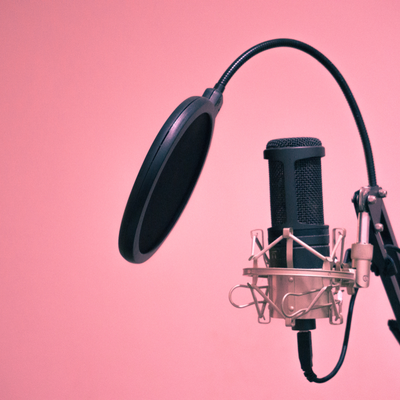The perfect music teacher is someone who has experience, knowledge, and personality that you find suitable and compatible with your own. No matter if you are going to a music school or finding an individual teacher, there are a few key items that can help you make sure that your music teacher is perfect for you.
Qualifications
This shouldn’t be taken as the be-all and end-all of considerations. Plenty of well-established music teachers may not have official qualifications rooted in post-secondary education. Some teachers may draw on real-life experiences which shaped their own development and passion for music.
Some common qualifications include university degrees, Royal College of Music, Suzuki Method Training, or on-the-job training, perhaps playing with bands, orchestras, or musical groups that have a track record for having high-quality musicians.
Passion for Teaching
Having chops isn’t good enough to be a teacher. There are plenty of musicians who may look at teaching private lessons as an income stream to feed their bottom line. Make sure that the person you are going to for lessons has a passion for teaching music. Some signs that you are dealing with someone that has a passion for teaching music include:
- Having well-organized lesson plans
- Having strategies to give you and your way of learning
- Showing that there is a progression from lesson to lesson
- The ability to offer additional resources that supplement the lessons
If a music teacher shows up week to week not prepared, not having new material, not knowing the direction and key points of each lesson, it may be time to think about how invested the teacher is in providing music lessons to you.
Personality
This might be hard to qualify as we are all different, however, a good teacher should have an open-minded approach with lessons being taught in an engaging, meaningful, and fun way. At times it may be easy to socialize a bit too much, so make sure that you remember the lesson is something you are paying for. A good teacher should respect your time and while socializing is an important part of lessons, keeping the purpose of the lesson to milestones is important. You should always feel like you walked out of a lesson with something to chew on.
Sometimes you may know after a 5-minute conversion that a music teacher isn’t a good fit and sometimes it may take a few lessons to make a judgement call. At the end of the day, you should feel comfortable in the lessons and walk away with valuable information that is helpful and moves your musical journey forward.
Now that you are aware of these tools and strategies, what else can you do to help your journey to becoming the musician you want to be? Check out THIS BLOG if you are an Adult Learning to Play Music and CONTACT US for private online music lessons to fast charge your progress on any instrument.
